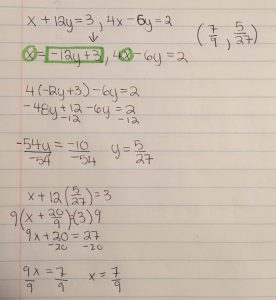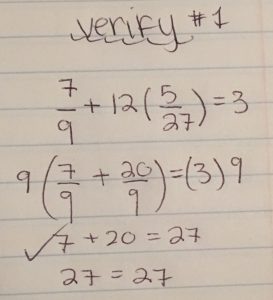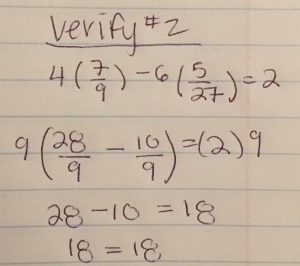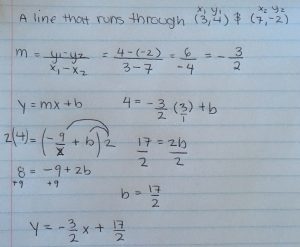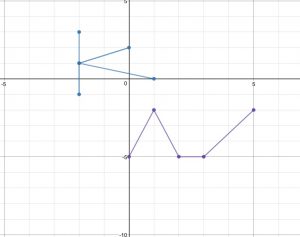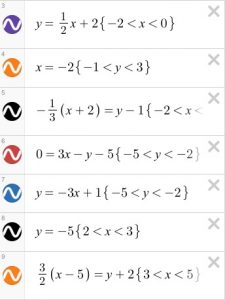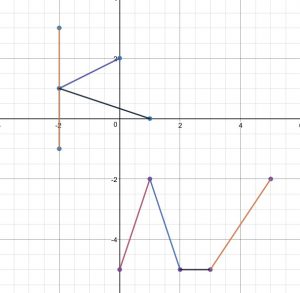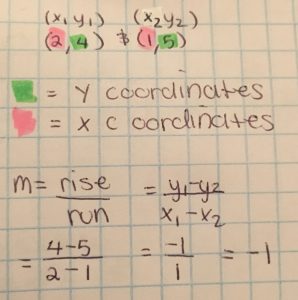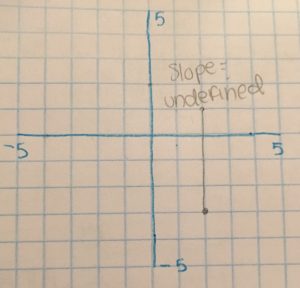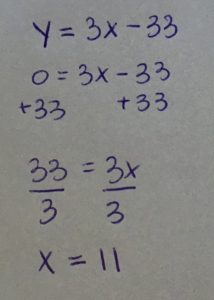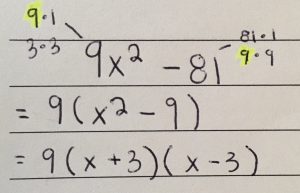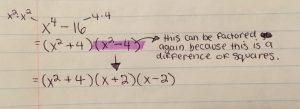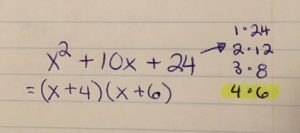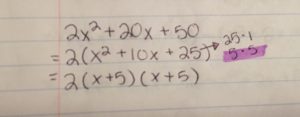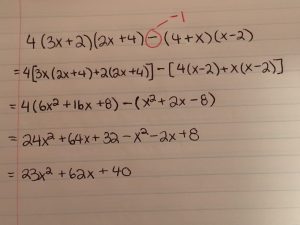Math 10 Top 5
When in math there are a number of things that can help you succeed in the course. Below are my top 5 steps to succeeding in math 10…
1. Do your homework every night
Though our homework was never marked for completion it is essential to your success in math 10. You may think that you don’t have to do it since it’s not for marks but you would be wrong. Each day in math10 you will build on the concepts/ideas that you had learned the previous day. By completing your homework every night you deepen your understanding of the concepts and allow yourself to practice the same concepts so that you will succeed on the unit test. In math repeating the same steps will allow for you to absorb and master the different skills.
2. Highlight the assigned questions the night before
By highlighting the assigned homework the night before you will save yourself a lot of time in class. Highlighting prior to the class allows for you to get a head start on the homework, this is so that you won’t have as much to do later or, so you can ask as many questions as you can in class while there is help available.
3. Make use of Mrs. Burtons abbreviations
You may think that the abbreviations that Mrs. Burton comes up with are silly and won’t help you at all but that is where you are wrong. The abbreviations make it so that you will have an easier time solving certain questions. The abbreviations such as “SOH CAH TOA”, “Can Divers Pee Easily Underwater”, “King Henry Doesn’t Usually Drink Chocolate Milk”, and “flower power” have allowed me to succeed when doing both my homework and when doing tests. I have used the abbreviations all throughout the semester, they allowed for me to remember the steps to problems that I may have forgotten otherwise.
4. Make sure to ask questions
One of the most important factors to your success in math 10 is making sure that you ask for help. When you don’t understand a question don’t be afraid to ask for help! whether it’s from another classmate, or a teacher don’t be afraid to ask for help. By not asking for help your not helping yourself at all, and are just setting yourself up to not get a good mark on the unit test. Asking questions can help you fix any mistakes your making or clear up any misunderstandings you have about the concepts.
5. Help people at your table that need it!
By helping those at your table and explaining how to do questions you will improve your own skill. When you assist another classmate it allows for you to deepen your own understanding of the concept since you have to explain to them and possibly demonstrate how to do a question. You wont regret helping another person with their math since it would also be in your best interest to help them.
